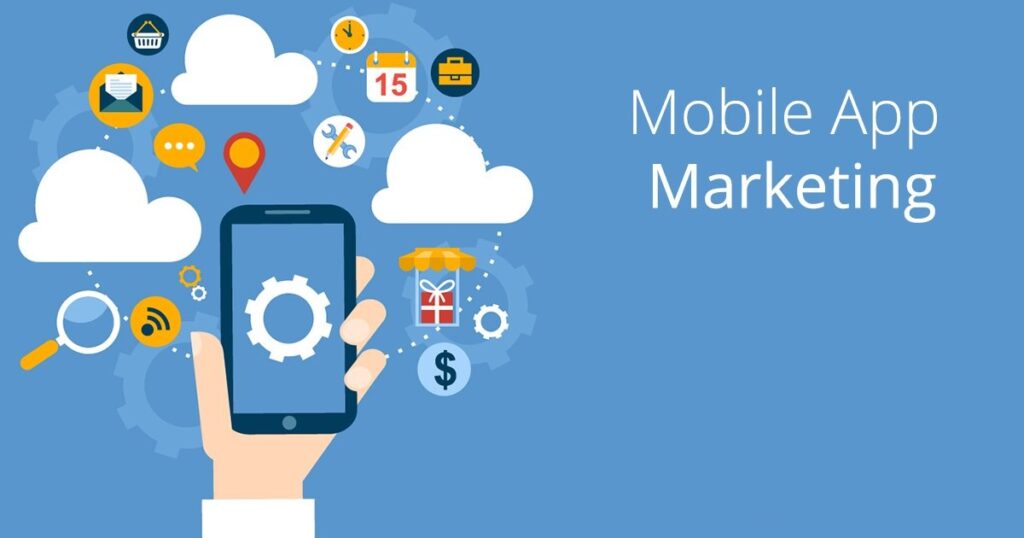In today’s digital age, mobile applications have become indispensable tools for businesses aiming to connect with their audience and expand their market reach. However, the sheer volume of apps available makes it challenging for developers and marketers to stand out. Effective mobile app marketing is essential not only for gaining initial traction but also for sustaining long-term success in a highly competitive landscape.
Understanding Mobile App Marketing
Mobile app marketing encompasses a range of strategies and techniques aimed at promoting and distributing an application to attract users, increase downloads, and encourage engagement. It involves understanding the target audience, leveraging app store optimization (ASO), utilizing various marketing channels, and analyzing performance metrics to refine strategies continuously.
Pre-Launch Strategy
1. Market Research and Validation
Before developing an app, conducting thorough market research is crucial to identify user needs, assess competition, and validate the app idea’s potential. Tools like Google Trends, App Annie, and Sensor Tower help in understanding market demand and trends.
2. Define Your Unique Selling Proposition (USP)
Identify what sets your app apart from competitors and communicate this clearly in your marketing materials. A compelling USP attracts users by addressing specific pain points or offering unique features.
3. Develop a Comprehensive Marketing Plan
Create a detailed roadmap outlining your marketing goals, target audience demographics, messaging strategies, budget allocation, and timeline. Consider both pre-launch and post-launch activities to maximize visibility and impact.
App Store Optimization (ASO)
1. Keyword Research
Optimize your app’s metadata (app name, description, keywords) using relevant keywords that your target audience is likely to search for. Tools like App Radar, App Annie, and Sensor Tower can assist in identifying effective keywords.
2. App Icon and Screenshots
Design a visually appealing app icon that reflects your brand identity and captures attention on app store listings. High-quality screenshots and videos showcasing key features can significantly impact download conversions.
3. Ratings and Reviews Management
Encourage satisfied users to leave positive reviews and ratings on app stores, as these influence potential users’ decisions. Address negative feedback promptly and use it to improve the app’s functionality and user experience.
Launch Strategy
1. Create a Buzz with Teasers and Previews
Generate anticipation through teaser campaigns, sneak peeks of app features, and engaging content on social media platforms. Leverage influencers and beta testing to build momentum before the official launch.
2. Utilize App Launch Platforms
Submit your app to reputable app review websites, tech blogs, and forums for exposure and credibility. Positive reviews and mentions from trusted sources can boost initial downloads and user trust.
3. Monitor and Adjust
Track app performance metrics such as downloads, user acquisition cost (CAC), retention rate, and user feedback post-launch. Analyze data to identify strengths, weaknesses, and opportunities for optimization.
Post-Launch Strategy
1. Continuous Engagement and Retention
Implement strategies like push notifications, in-app messaging, personalized offers, and loyalty programs to keep users engaged and encourage repeat usage. Regularly update the app with new features and improvements based on user feedback.
2. Expand User Base through Paid Advertising
Invest in targeted advertising campaigns across platforms like Google Ads, Facebook Ads, and Apple Search Ads to reach a broader audience. Use A/B testing to optimize ad creatives, targeting criteria, and bidding strategies.
3. Leverage Data Analytics for Optimization
Use analytics tools such as Firebase, Flurry, or Mixpanel to gain insights into user behavior, conversion funnels, and ROI on marketing efforts. Adjust strategies based on data-driven decisions to maximize app growth and profitability.
Long-Term Growth and Monetization
1. Explore Monetization Strategies
Choose from various monetization models such as in-app purchases, subscriptions, freemium models, or advertising to generate revenue. Select a strategy aligned with your app’s value proposition and user expectations.
2. Enhance User Experience (UX) and Performance
Regularly update the app with new features, bug fixes, and performance optimizations to maintain user satisfaction and loyalty. Monitor app store reviews and user feedback to prioritize improvements that enhance usability and functionality.
3. Build a Community and Gather Feedback
Create forums, social media groups, or a community platform where users can provide feedback, share experiences, and interact with your brand. Engage actively with users to foster a loyal user base and improve app retention rates.
Conclusion
Effective mobile app marketing requires a strategic approach encompassing pre-launch preparation, ASO, targeted promotional activities, continuous monitoring, and user-centric optimization. By understanding your audience, leveraging data-driven insights, and adapting to market trends, you can maximize your app’s visibility, engagement, and long-term success in the competitive app ecosystem. Implementing these strategies consistently and innovatively will position your app for sustained growth and profitability in the dynamic mobile app market.
